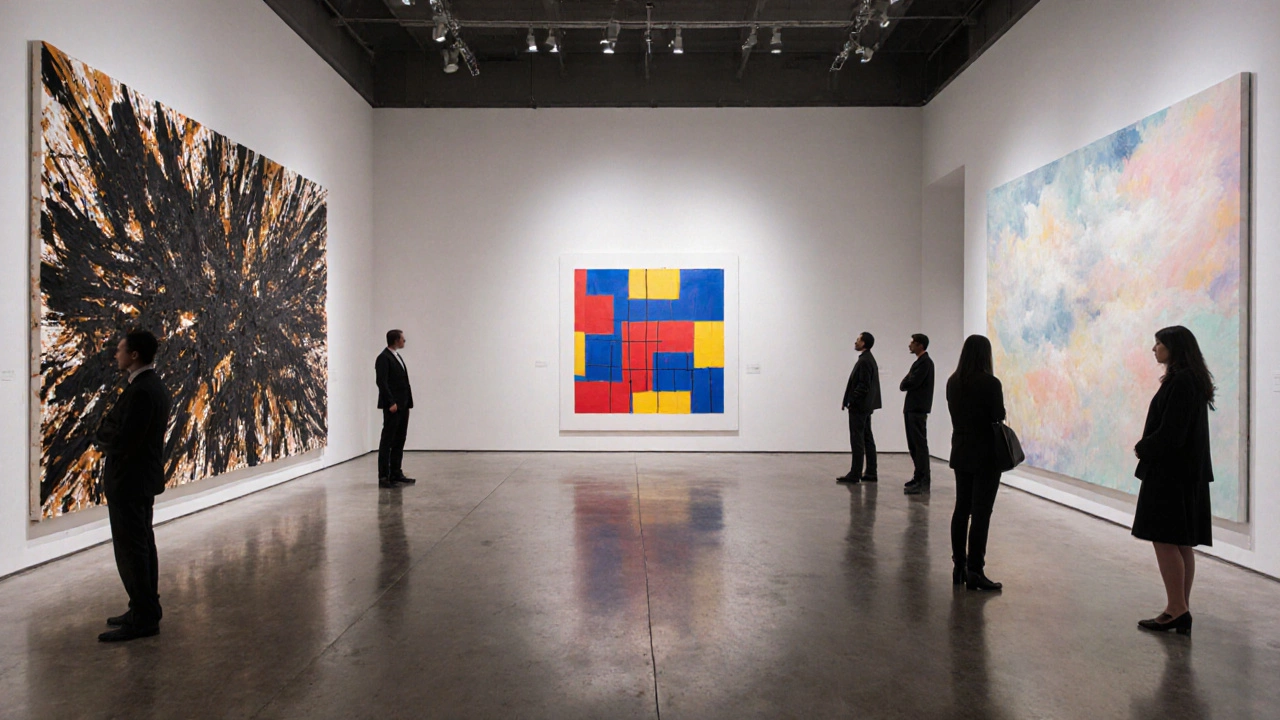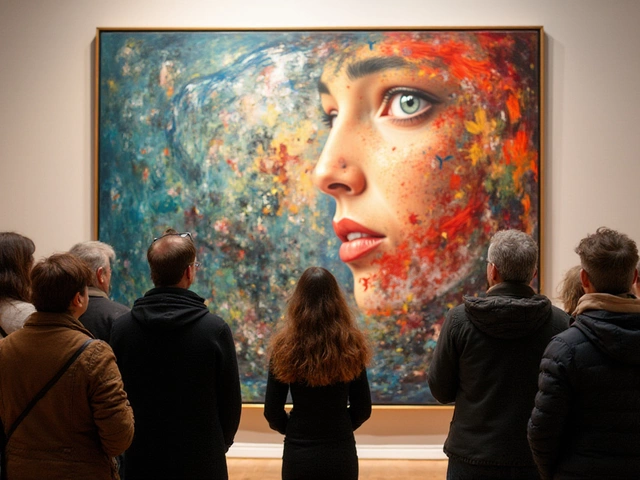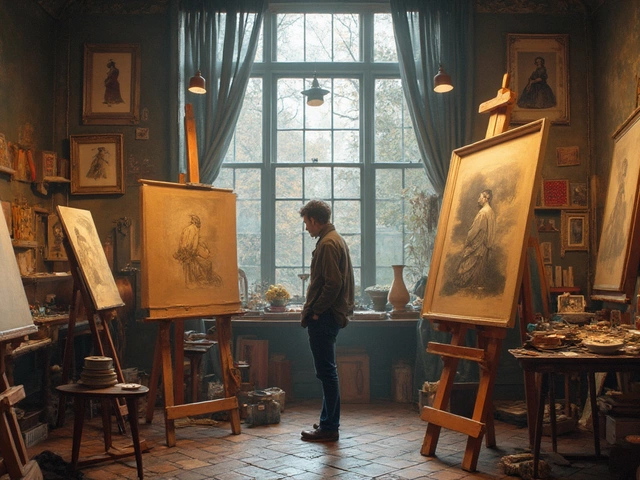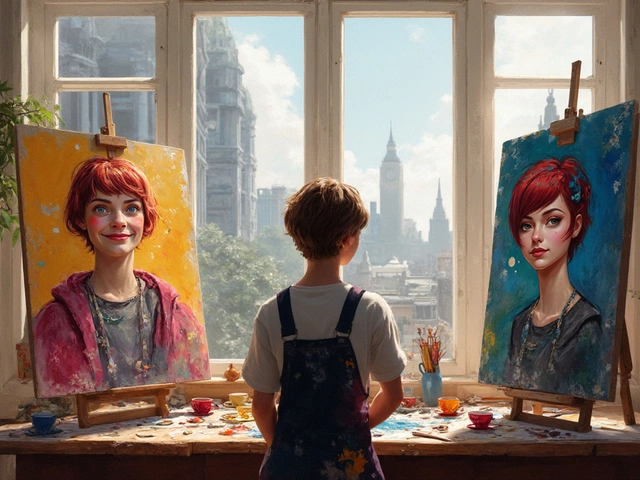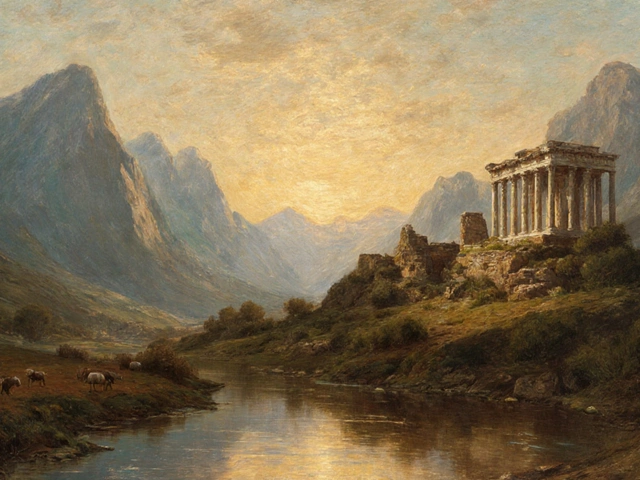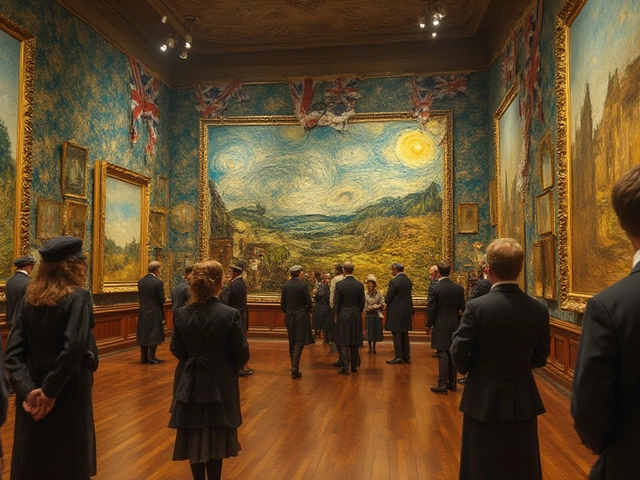Geometric Abstraction: Shapes, Color, and Modern Vision
When working with Geometric Abstraction, a branch of abstract art that builds compositions from precise geometric shapes and a disciplined color palette. Also called geometric abstract painting, it sits inside the larger Abstract Art, art that departs from realistic depiction to focus on non‑representational forms and grew out of Modern Art, early‑20th‑century movements like Cubism, Constructivism, and De Stijl. Artists also lean on Color Theory, the study of how colors interact, contrast, and create harmony to make the flat shapes feel like they’re moving. In simple terms, geometric abstraction is about turning the canvas into a playground of squares, circles, and lines while using color to guide the eye. That mix of strict geometry and thoughtful color makes the style instantly recognizable and endlessly adaptable.
Why Geometric Abstraction Matters
Geometric abstraction encompasses three core ideas: a focus on clean forms, a reliance on color relationships, and a dialogue with earlier modern movements. The first idea—clean forms—means artists use grids, modular layouts, or repetitive patterns to create order. Think of Piet Mondrian’s iconic grids of black lines with primary colors; his work shows how a simple set of rules can produce a powerful visual language. The second idea—color relationships—draws directly from color theory. By pairing complementary hues or using analogous schemes, painters can make a static shape feel like it’s vibrating or receding. Finally, the link to modern art gives the style depth. Constructivist designers in the 1920s used geometric abstraction to promote industrial progress, while De Stijl artists sought a universal visual harmony. Today those historical ties surface in graphic design, interior décor, and even digital UI, where clean, geometric icons dominate. Understanding these three ideas helps you see why the style survives across media and why it still inspires new creators.
Below you’ll find a hand‑picked collection of articles that explore the broader context of geometric abstraction. We cover how modern art paved the way, why contemporary artists still rely on abstract principles, and what famous quotes say about abstract thinking. There’s a deep dive into the difference between modern and contemporary art, a look at van Gogh’s borderline abstract works, and even a guide to turning your own drawings into digital pieces. Whether you’re a beginner curious about the basics or an experienced painter hunting new techniques, the posts ahead will give you practical insights, historical background, and fresh inspiration to apply geometric abstraction in your own practice.
Three Main Types of Abstract Art Explained
Discover the three main types of abstract art-Abstract Expressionism, Geometric Abstraction, and Lyrical Abstraction-and learn how to identify, compare, and collect them.
Continue Reading